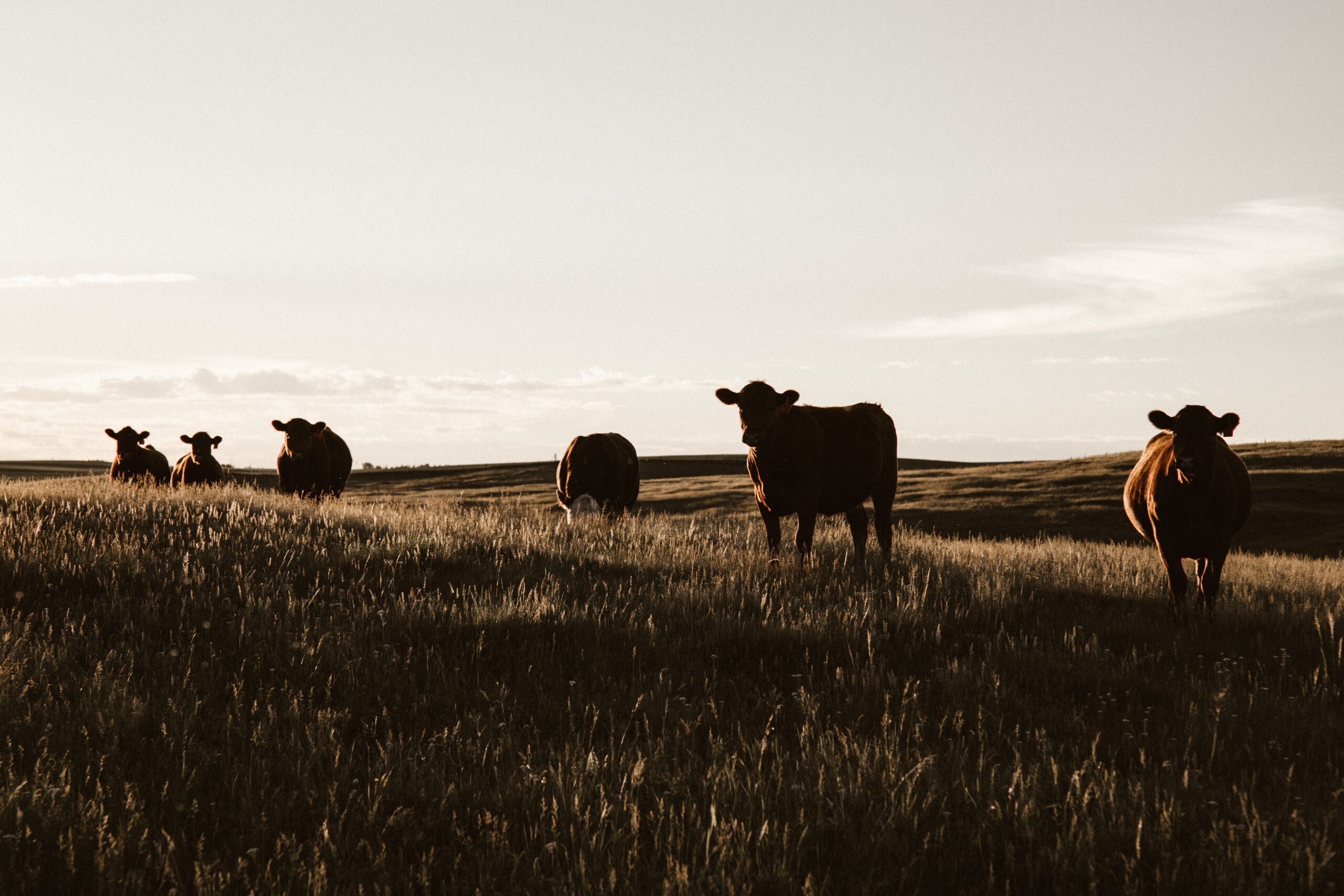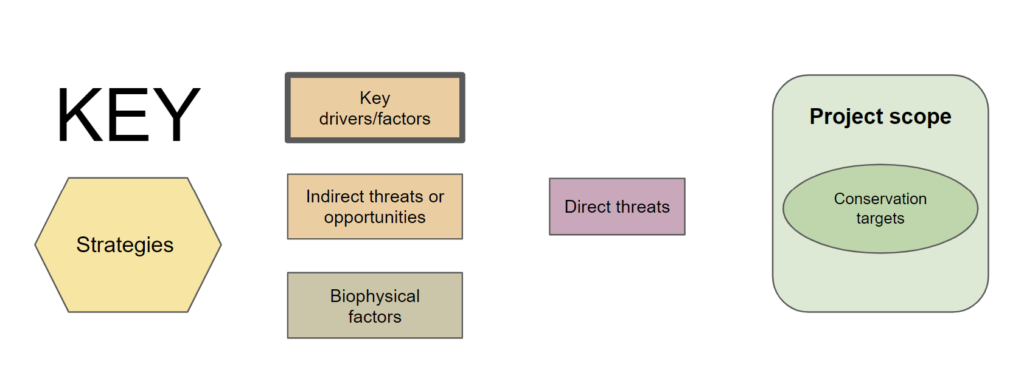Working Ranchlands

The High Divide region is the connective tissue between three of North America’s most iconic ecosystems, the Greater Yellowstone Ecosystem, the Crown of the Continent Ecosystem, and the Central Idaho Wilderness. Unlike any of those ecosystems, the High Divide is not anchored around a national park or a wilderness area, but rather it is important because of the working nature of the landscape. The High Divide region is home to ranching families making a living off the landscape and using it to sustain their families and the local economy. The High Divide region is not pristine by wilderness standards but it is of the utmost importance for wildlife connectivity between the preserved ecosystems around it. Private working ranchlands provide habitat and in many cases safe passage for many of the iconic species we associate the West with (e.g. elk, mule deer, sage grouse, pronghorn, etc).
However, the working nature of the landscape is threatened by high land prices which make it difficult for current operations to expand and remain viable, or for younger ranchers to start an operation. Additional pressures like the current long term drought, conflict with wildlife, recreation advocates, and public pressure to reduce grazing leases lead to additional barriers to keep these lands open as ranches and away from developers.
Strategies to develop (i) rural development and local food systems that take advantage of the food grown in these spaces, (ii) programs to incentivize the use of wildlife conflict reduction technique and financial assistance to adopt them, (iii) increased public awareness as to the importance of working ranchlands to wildlife conservation are necessary to create a future in which people and wildlife are safe and healthy across this landscape.
Photo: Priscilla Du Preez | Unsplash
Draft Conceptual Model

